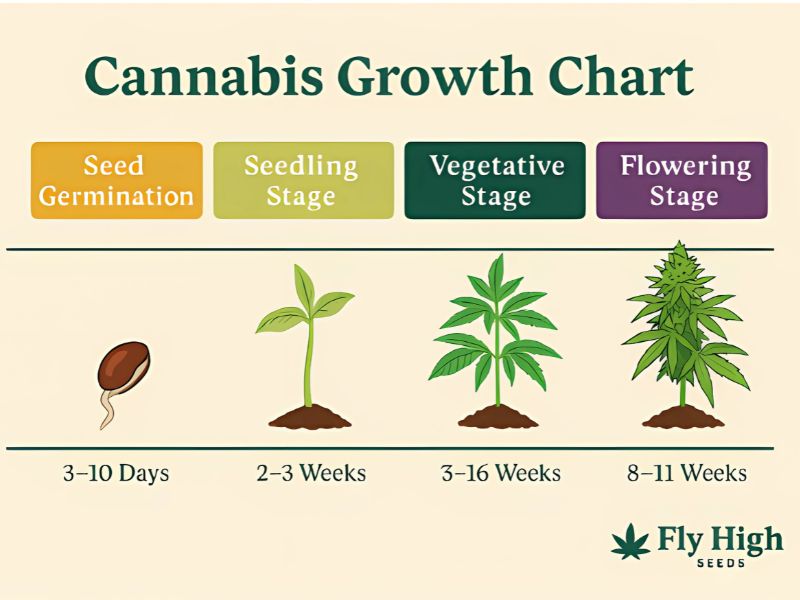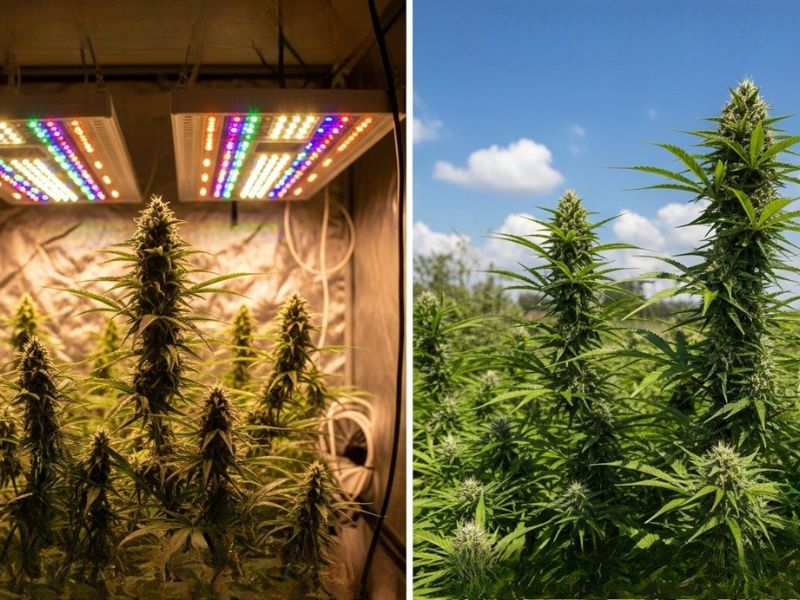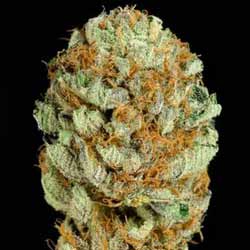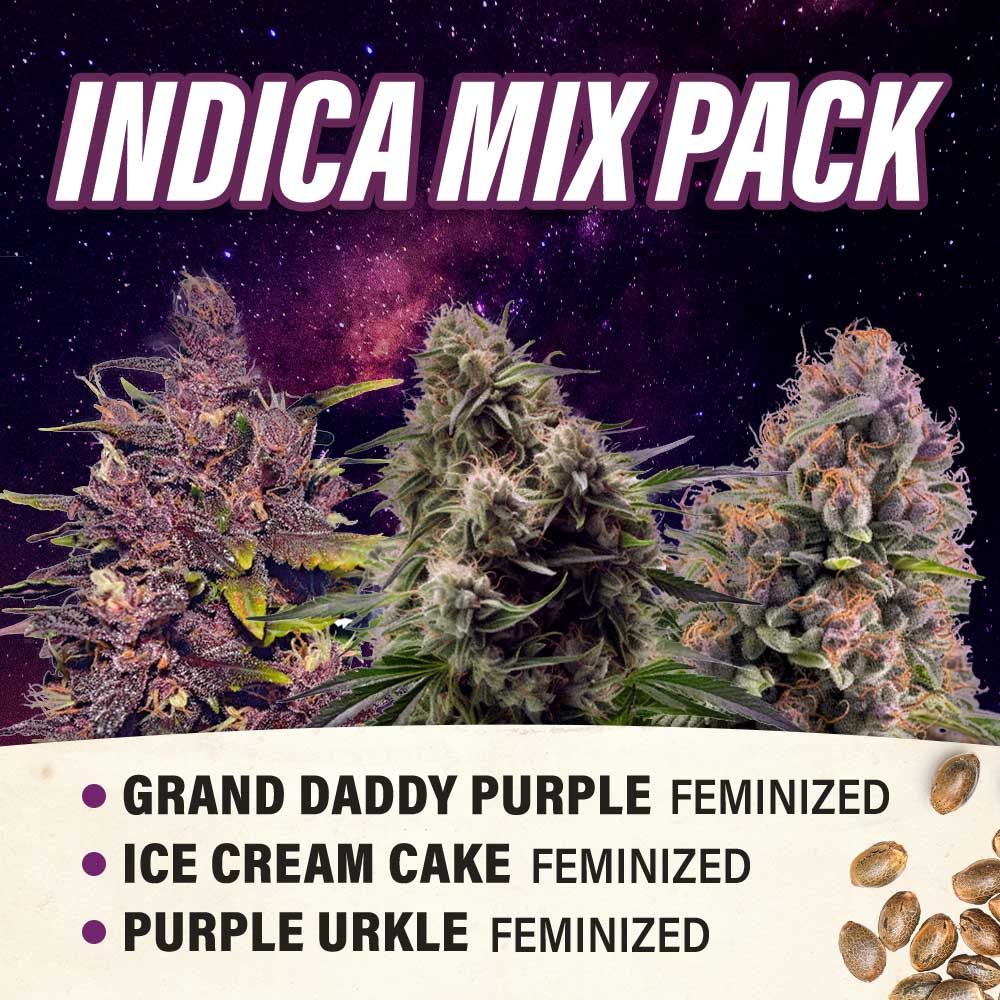Cannabis Growth Chart: 4 Key Stages of Marijuana Growth
Understanding how cannabis plants grow is essential for achieving healthy yields and quality buds. Whether you’re growing indoors or outdoors, knowing each phase of the cannabis growth timeline helps you care for your plants more effectively. This article breaks down the key stages of marijuana growth in a clear, easy-to-follow chart and guide.
Table of Contents
How Does a Cannabis Plant Grow?
Cannabis plants grow through a series of carefully timed stages, each requiring specific care, environmental conditions, and nutrient support. From the moment a seed germinates to the final curing process, plant development follows a natural rhythm influenced by light, temperature, and overall plant health.
Let’s take a look at the complete journey through the different cannabis growth stages.
Cannabis Growth Chart

Tips to Take Care of a Marijuana Plant Per Stage
Each stage of cannabis growth has its own needs, and proper care at each phase is key to healthy development and strong bud production. Here’s how to support your plant throughout its life cycle:
1. Seed Germination
Keep cannabis seeds in a warm, dark, and moist environment—ideally between 70–80°F. Avoid overwatering and make sure the seeds remain slightly damp until they sprout. Minimal nutrients are needed at this stage.
2. Seedling Stage
Once the seed sprouts, place it in a small container with well-aerated soil or another grow medium. Provide 18–24 hours of light using energy-efficient grow lights. Maintain a warm environment with good airflow to prevent root rot and promote root development.
3. Vegetative Stage
This is when vegetative plants grow rapidly. Give them at least 18 hours of light per day, and provide nutrients rich in nitrogen. Focus on encouraging healthy vegetative growth by monitoring pH, humidity, and temperature. Watch for signs of nutrient deficiencies like purple stems or yellowing leaves.
4. Pre-Flowering Stage
As plants mature, switch to a 12/12 light schedule to trigger the flowering phase. Check for male plants and remove them if you’re growing for buds. Female plants will show early signs of bud development around this time.
5. Flowering Stage
In this phase, nutrient uptake shifts—use formulas rich in phosphorus and potassium. Maintain a stable environment to avoid stress that can impact resin production and bud quality. Avoid excessive humidity to prevent bud rot, and ensure plenty of fresh air circulation.
6. Harvest and Drying
Harvest when trichomes appear cloudy or amber. Cut the plants and hang them in a dark, ventilated space to dry slowly. The drying process takes about 7–14 days depending on the conditions, followed by curing in airtight jars to enhance flavor and smoothness.
Indoor Vs Outdoor Cannabis Cultivation

Choosing between indoor and outdoor cannabis cultivation depends on your environment, budget, and desired control. Here’s how the two methods compare:
|
Factor |
Indoor Cannabis Cultivation |
Outdoor Cannabis Cultivation |
|
Environmental control |
Full control over light, temperature, humidity |
Dependent on natural weather and sunlight |
|
Light exposure |
Controlled with artificial grow lights |
Relies on direct sun and natural light cycles |
|
Growing season |
Year-round potential |
Seasonal; typically spring to fall |
|
Bud quality |
Consistent, resin-rich buds |
Can be larger but varies with conditions |
|
Initial costs |
Higher due to equipment and electricity |
Lower setup costs, but weather risks exist |
|
Pest and disease risk |
Lower with proper airflow and care |
Higher exposure to insects and outdoor threats |
|
Yield size |
Medium to high with dense buds |
Often higher per plant in ideal outdoor settings |
|
Carbon dioxide levels |
Can be managed with CO₂ supplementation |
Naturally available, varies by location |
|
Best for |
Urban growers, year-round production |
Those with access to private, secure land |
Final Thoughts
Understanding the cannabis growth stages is essential for a healthy, high-yield grow—whether you’re working with indoor setups or taking advantage of outdoor conditions. By giving your plants the right care at each phase, you’ll support robust growth and potent buds. Ready to start growing cannabis? Use this guide as your foundation and continue learning with each cycle. Stay informed about best practices to help your cannabis plants thrive from seed to harvest.
Frequently Asked Questions
How tall will my cannabis plant grow?
Plant height varies by strain and grow method. Indoor cannabis is usually trained to stay compact, while outdoor plants can grow over 6 feet tall.
Can I speed up the cannabis growth timeline?
While you can optimize conditions for rapid growth, each stage—especially flowering—requires time for proper development. Rushing can reduce bud quality.
What causes nutrient burn?
Nutrient burn occurs when plants receive too much fertilizer. Signs include yellow or brown tips on leaves. Always follow a nutrient schedule carefully.
Why are my stems turning purple?
Purple stems can be caused by genetics, temperature stress, or nutrient deficiencies—often a sign of phosphorus or magnesium imbalance.
Is CO₂ really necessary for growing cannabis indoors?
While not required, increasing carbon dioxide levels during the flowering phase can improve bud density and yield in well-sealed grow spaces.
Related Posts
Cannabis Growth Chart: 4 Key Stages of Marijuana Growth
How to Grow Marijuana Indoors: 8 Easy Steps for Beginners
Mold on Pot Plant: What to Do and 8 Prevention Tips
CATEGORIES
Best Selling Seeds











